The Empty Ferris Wheel That Still Stands Tall
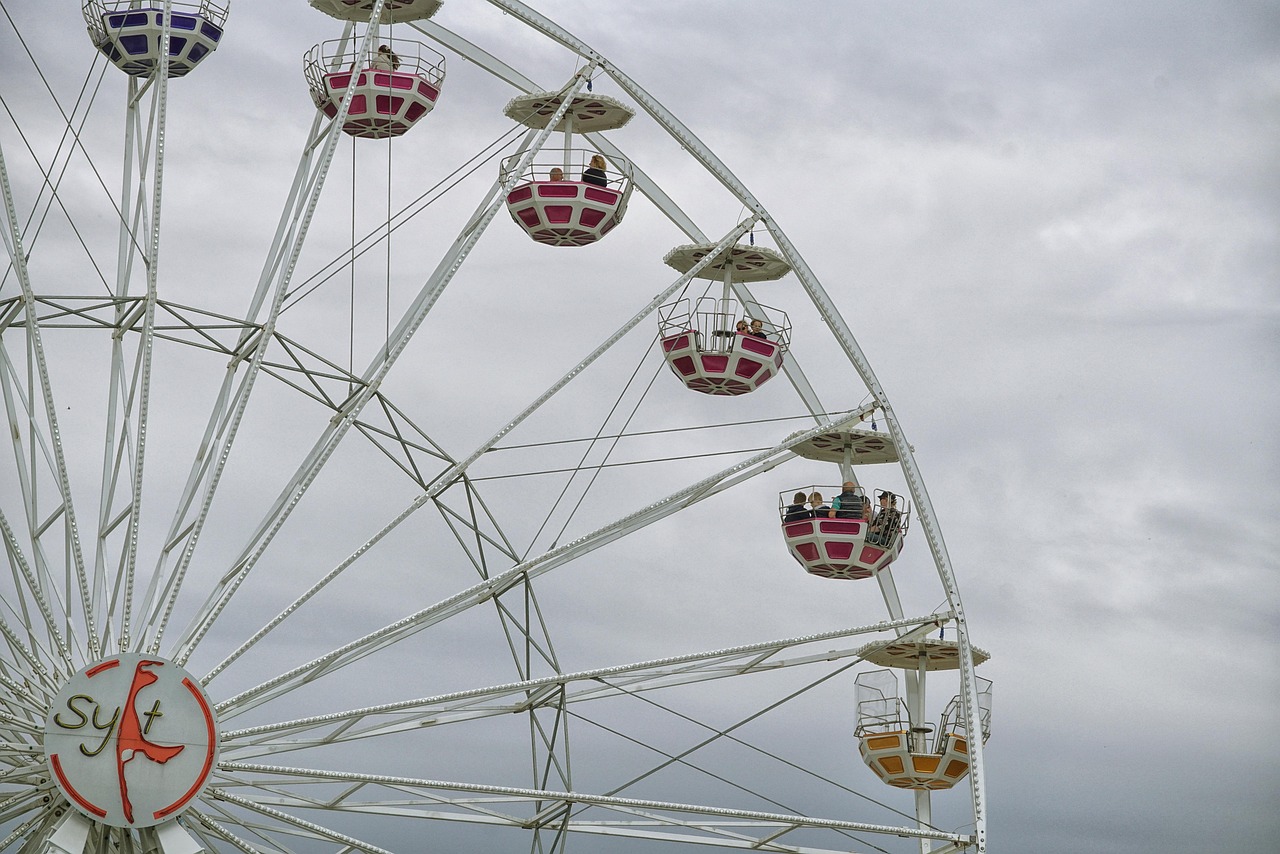
There’s something deeply unsettling about an abandoned Ferris wheel towering over a silent patch of overgrown land in Medina County, Ohio. At Chippewa Lake Park, the Ferris Wheel, the Little Dipper, the Flying Cages, and the Tumble Bug are still standing as of June 2024. For years, a large tree grew up through the center of the wheel but it was cut down when the land was cleared for the failed performance venue several years ago. New trees are beginning to grow up through the wheel. The metal skeleton reaches toward the sky like a forgotten monument to joy that once filled this place with the screams of delighted children and families.
A Century of Thrills That Suddenly Stopped
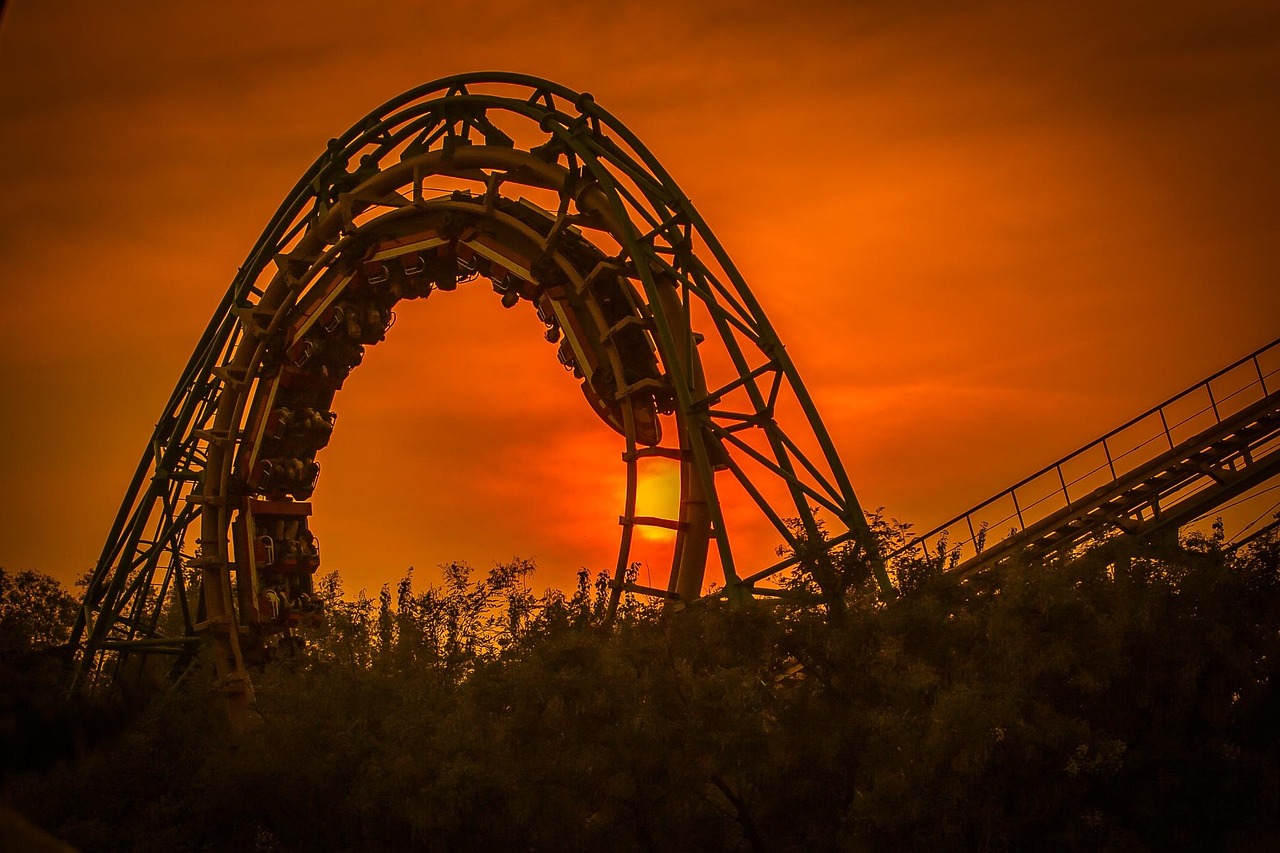
Chippewa Lake Park operated from 1878 through 1978, after the final owner, Continental Business Enterprises closed it due to a lack of attendance. This wasn’t just any ordinary closure though. The final owner, Continental Business Enterprises closed it due to a lack of attendance. There was no announcement, media, comment, or anything about its closure. It was really just as if you walked out of your house to run an errand and then never went back to it. The park was left in a state ready to reopen the next season. For all anyone knew or hoped, it might’ve. Those folk got lucky for a year, as in 1979 the park reopened to put on an Oktoberfest event in the fall.
The Haunting Preservation of Abandonment
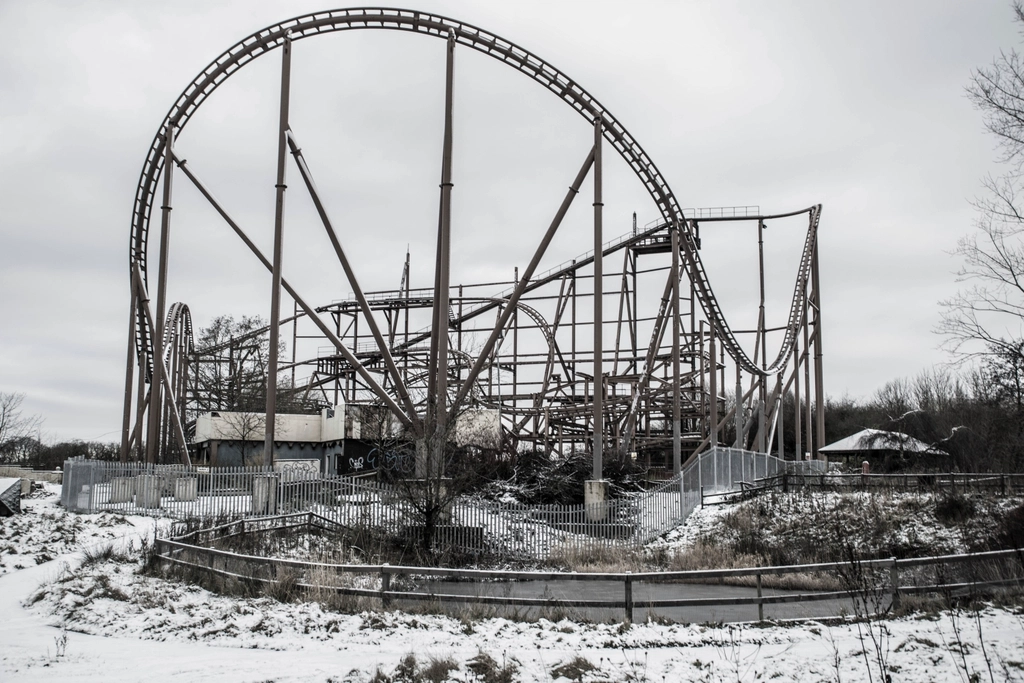
The rides and structures were left largely untouched and unmaintained for over 45 years. After the park’s closure in 1978, the land it was situated on was left largely untouched and all of the rides and buildings were left standing, in which up until the end of the 1990s the park remained in fairly good condition. Everything was left as is in the park. Park documents, personal belongings, privately owned arcade machines, inventory… everything. Beds were still made in the hotel, tables set up in the ballroom, tools in the maintenance sheds–all was left as typical for an off season. It’s like the park was frozen in time, waiting for visitors who would never return.
When Nature Reclaimed the Rides
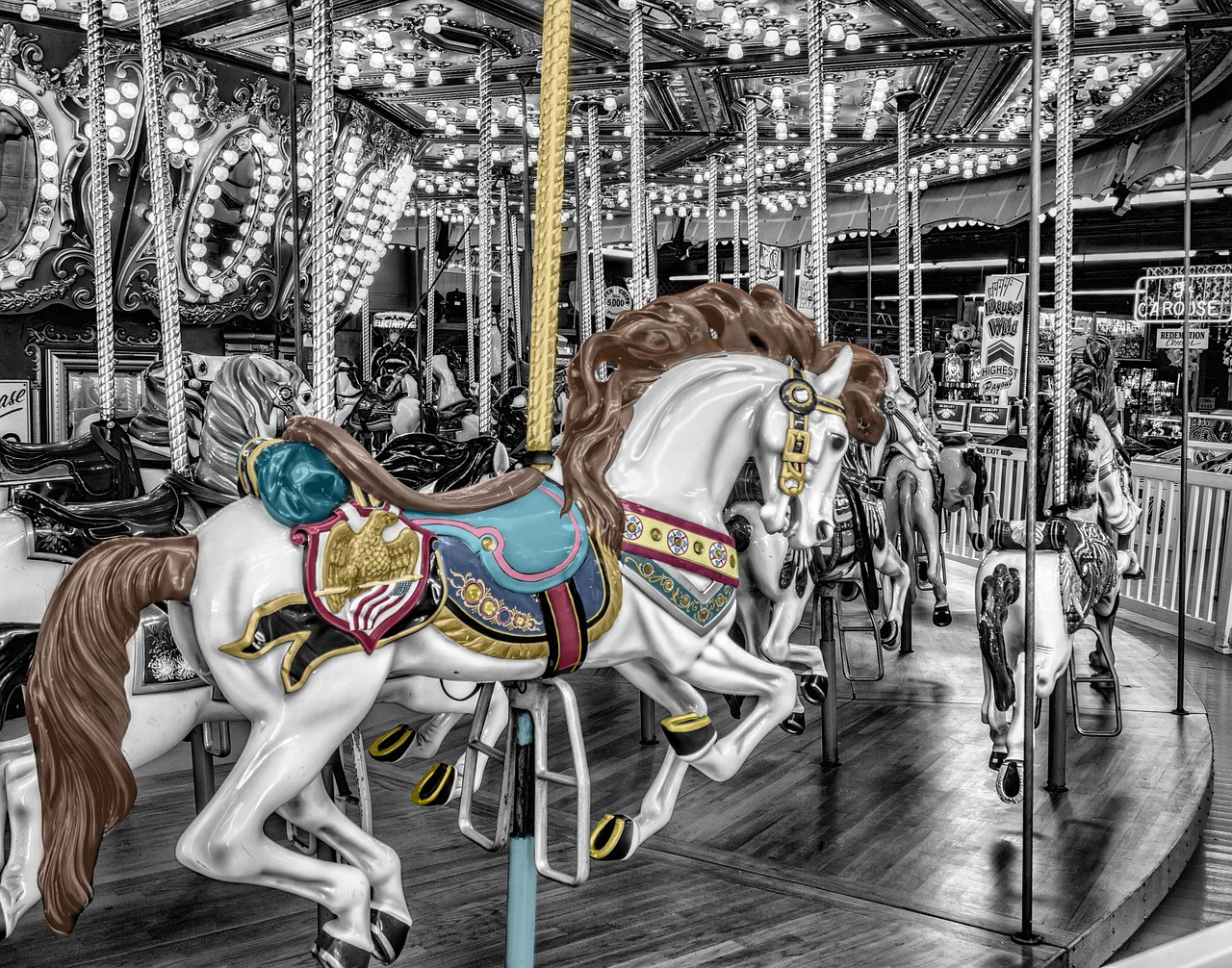
By the 2000s, large trees began growing through rides like the roller coaster and Ferris Wheel, and several buildings had collapsed or been damaged by the effects of the elements. In the meantime, nature has reclaimed the space. Unfortunately by the 2000s, trees and foliage had begun to grow through rides, and several buildings had deteriorated or collapsed. Rust now covered the roller coasters, and the amount of damage caused by years of neglect left little hope for anything to be brought back to life. The park became something otherworldly, where man-made structures slowly surrendered to the forest.
The Day the Ballroom Burned Down

About 4pm on Thursday, June 13, 2002, the ballroom burned down. The Chippewa Lake Park Ballroom burned down in 2002 after a child unintentionally started a fire while playing inside. The child escaped the incident unharmed. The Starlight Ballroom did not. The ballroom was a park staple and remained a fixture in the closed park until 2002 when it was destroyed by an arson fire. The fire was so all-consuming that now all that remains is a twisted pile of steel and sheet metal. This wasn’t just any building – it was where countless couples danced under the stars during the park’s golden years.
The Rise and Fall of Ohio’s Most Beautiful Playground

Ohio’s Most Beautiful Playground. The beloved, Chippewa Lake Park began as something much simpler. In 1878, Edward Andrews organized a picnic ground and beach under the name Andrew’s Pleasure Grounds. Mac Beach acquired Chippewa Lake in 1898 and improved the park immensely. He also placed a ban on liquor sales. His son, Parker, managed the park during its boom years: The Roaring ’20s. During its heyday, the park could draw up to forty thousand visitors per day.
The Competition That Killed a Century-Old Dream
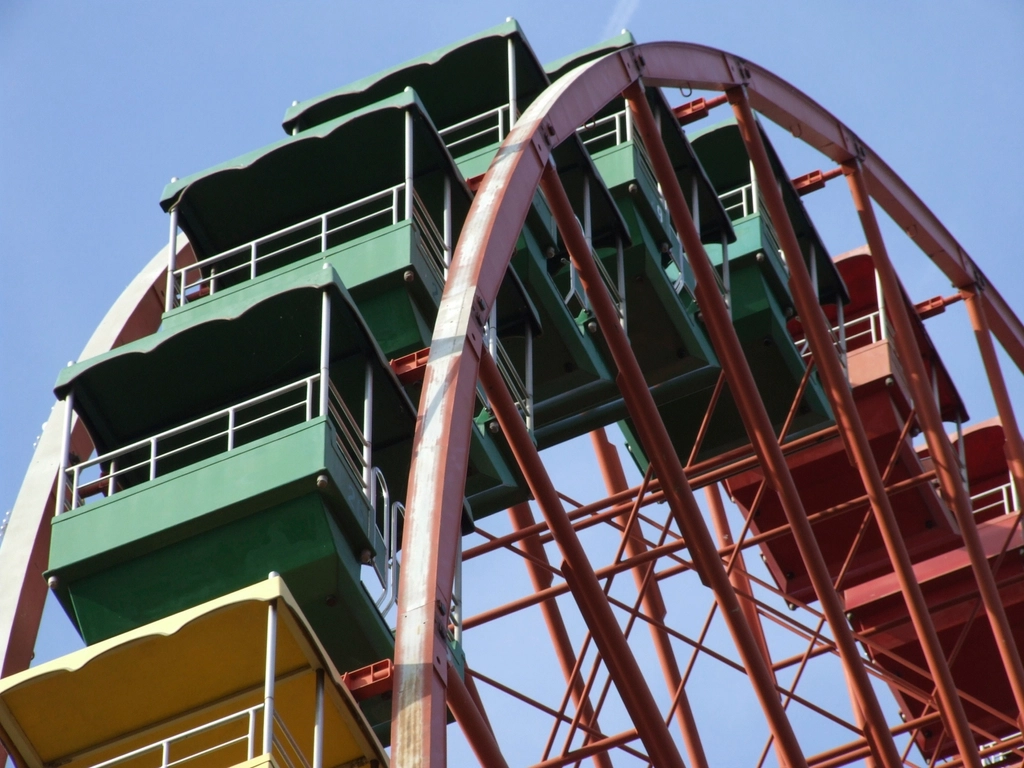
By 1978, the park had seen heavy competition from nearby Cedar Point and Geauga Lake amusement parks, coupled with the decline of steel and rubber production in surrounding areas. By the 1970s, though, the golden age was fading. Larger parks like Cedar Point were modernizing. Chippewa couldn’t compete. A company called Continental Business Enterprises bought it in 1969 with big dreams of transforming the park into a lakeside resort. But they never truly invested. The small, family-owned charm that made Chippewa Lake special couldn’t match the scale and spectacle of modern theme parks.
The Tumble Bug That Time Forgot
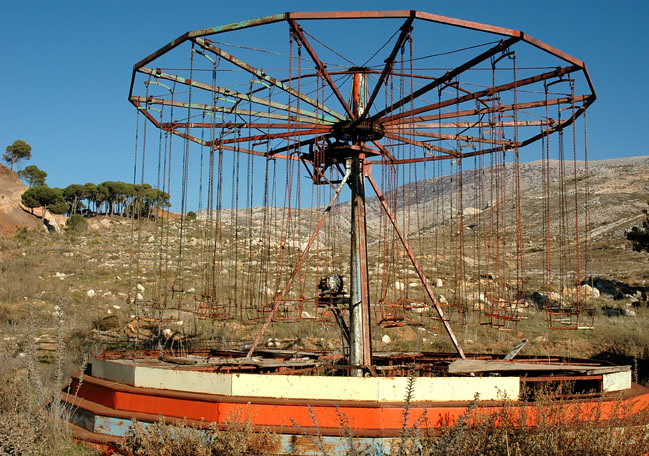
Appearing in the woods was the former Tumble Bug ride. I’ll admit that this is the main reason I had come to the park. The Tumble Bug cars were removed and set aside, including one outside the fence, along with the gear lift mechanism to the roller coaster and some barrels. The Tumble Bug represents something uniquely nostalgic about traditional amusement parks. These spinning rides that sent families careening around circular tracks with infectious laughter were staples of an era when entertainment was simpler, more intimate. Today, visitors can still spot this relic among the trees, a reminder of joy that once filled these grounds.
The Big Dipper’s Final Ride

With the addition of a steamboat and the park’s first roller coaster, the amusement park was brought to life. The initial roller coaster had to be manually pushed up the track following each ride. During the 1920s, the first modern coaster, designed by Fred Pearce, was built in the park. It had originally been called the Big Dipper, but later simply became known as ‘the coaster.’ It was in operation by 1925. It was a smaller roller coaster, at about only 50 feet high. The coaster remained in operation until the closure of the park in 1978. About thirty years later in 2010, the coaster was demolished. The Big Dipper was demolished during a failed redevelopment attempt, but its absence speaks louder than its presence ever did.
Multiple Fires Claimed the Park’s Soul

By 2008, several other buildings had suffered the ballroom’s fate, including the hotel, arcade, Fun House, peanut stand, and maintenance building, all of which had been damaged or destroyed by fire. Arsonists reduced the Hotel, Ballroom, Pavilion, and Arcade to ash (amongst others). And amongst these series of fires, multiple other park structures went down with them. More maintenance buildings, concession stands, and the Funhouse succumbed to these incidents. The ride vehicles for the Little Dipper roller coaster, Kiddieland attraction rafts, and mini-golf course decor burned with the Ballroom they’d been stored in. These weren’t accidents of decay – they were deliberate acts of destruction that robbed Ohio of its historical treasures.
Failed Dreams and Broken Promises

On September 9, 2008, Chippewa Partners LLC announced plans for a development on the site called “Chippewa Landing” which was planned to include a hotel and spa, fitness center, restaurants, a conference and music center, small shops, and other entertainment venues, that was expected to be completed sometime in 2010. As of April 18, 2012, the Chippewa Partners LLC’s aforementioned plans for the site have been scrapped due to a lawsuit, and the property went into foreclosure. As of August 2012, an attempt to auction off the property failed and foliage is starting to reclaim the park again. Even in abandonment, Chippewa Lake Park couldn’t escape disappointment.
Geauga Lake’s Corporate Rollercoaster
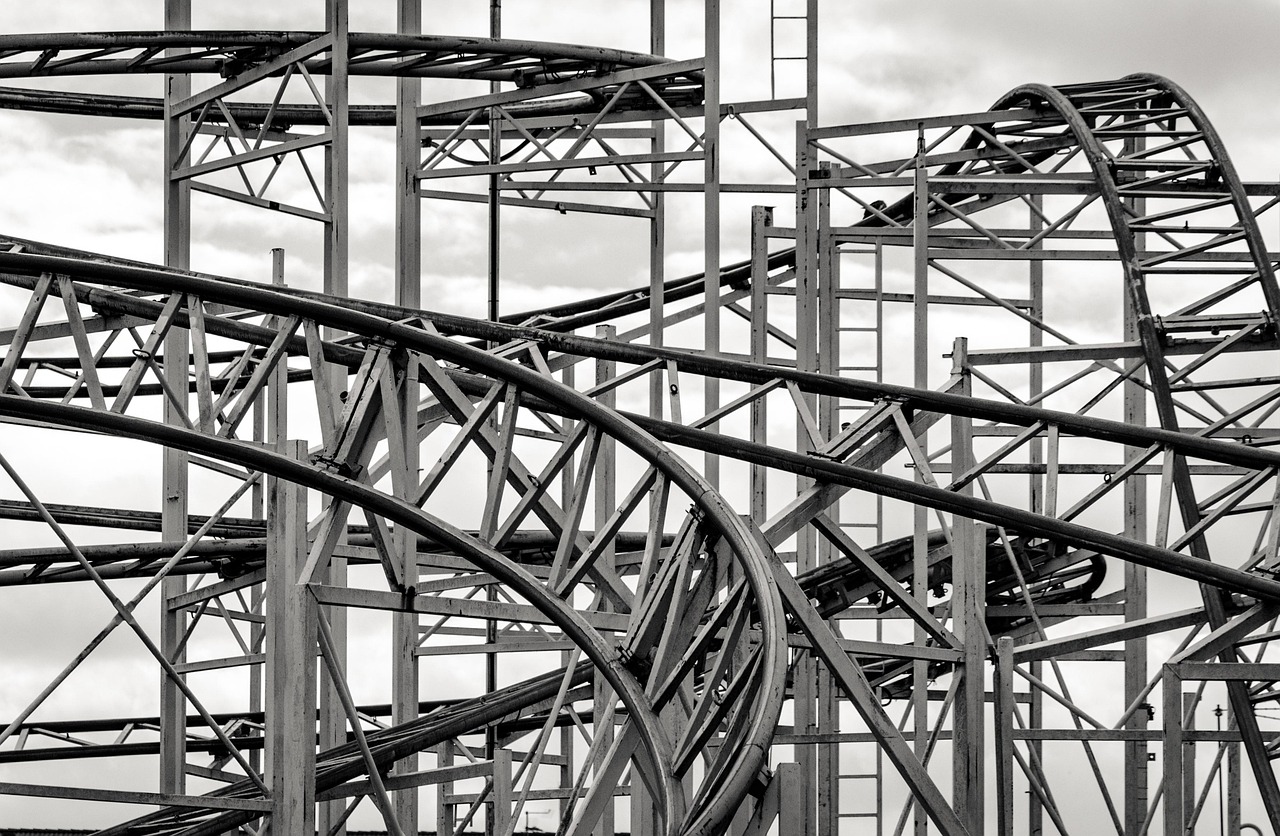
While Chippewa Lake quietly faded away, Ohio’s other famous abandoned park had a more dramatic death. Geauga Lake was an amusement park in Bainbridge Township and Aurora, Ohio. It was established in 1887, in what had been a local recreation area adjacent to a lake of the same name. Funtime was acquired by Premier Parks in 1995, and for the 2000 season, they re-branded Geauga Lake as Six Flags Ohio, adding four new roller coasters. The following year, Six Flags bought the adjacent SeaWorld Ohio and combined the two parks under the name Six Flags Worlds of Adventure. That winter, Six Flags purchased SeaWorld Ohio for $110 million in cash, merging the two complexes into one, and changing the entire complex’s name to Six Flags Worlds of Adventure. By combining the parks, Six Flags created the largest theme park in the world to date, at 700 acres.
Aurora’s Second Chance for Geauga Lake

Unlike Chippewa Lake’s slow decay, Geauga Lake is getting a remarkable second chance. As recently as September 2024, the Aurora City Council voted to purchase 48 acres of land along with the lake to turn it back into a recreational park – just like it was back in 1887. If it goes to plan, Geauga Lake will return to the beginning of its story. The Aurora City Council voted last night to spend $5.3 million to buy 48 acres and the adjacent lake at the former Geauga Lake site. The city will use $1.3 million in federal American Rescue Plan Act money to help pay for the purchase. The city will solicit public input about the park, which is expected to open by 2027. The concept essentially returns Geauga Lake to its roots as a recreational space, providing a place for people to swim, play and relax on the lakefront.
Chippewa Lake’s New Beginning

The site was purchased by the Medina County Parks District in 2020 and given to the society in 2024. In 2020, it was announced that the park will be reborn as a Medina County park, which owns the adjacent 340-acre Chippewa Lake. The plan was to salvage what is left of the park, and use signage to detail the rich history of the area. Amusement park artifacts will reside at the new Chippewa Lake Historical Society museum on Lake Road in the village. Now that house will be a museum showcasing the items from the park. Items that have been stored in local resident’s garages, basements, and attics for almost 50 years.
What Ghosts Leave Behind
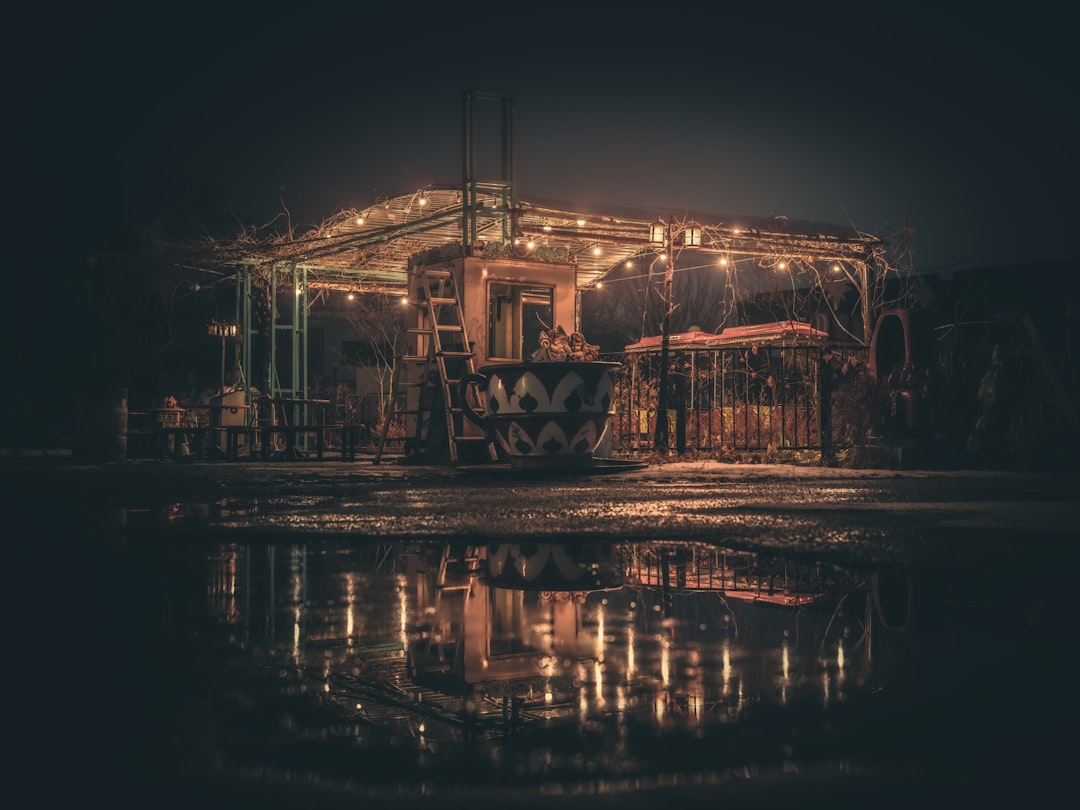
But for urban explorers, amateur photographers, and nostalgia junkies (like me), it became a sacred ruin. It was the kind of place you could walk through and feel history brush against your shoulder. You could almost hear the screams from the Big Dipper or the splash of paddleboats on the lake. For those of us from Northeast Ohio, places like Chippewa Lake aren’t just amusement parks – they’re time capsules. For queer people, especially those of us who came of age before mainstream acceptance, these parks were some of the first spaces where we could laugh freely, even if we weren’t out yet. They were a chance to feel normal, to flirt anonymously on the Ferris wheel, or to sway with someone in the shadows of a crowded ballroom. Even in their abandonment, these places continue to hold memories that shaped entire generations. If it goes to plan, Geauga Lake will return to the beginning of its story. Funny how things work out, eh?



